Introductory Thoughts
As someone who grew up in Northeast China, I spent my childhood rolling in the snow. I remember every winter, my friends and I would build snowmen and have snowball fights in the empty lot behind our residential complex, and even slide down small hills using plastic bags as sleds. Though our equipment was rudimentary, we had endless fun. Can you imagine my shock when I first heard about an indoor ski resort in Guangzhou? In this southern city where temperatures regularly exceed 20 degrees Celsius and often hit 35+, you can actually experience winter sports? This completely upended my understanding! With this curiosity and a hint of skepticism, I embarked on this journey of exploration.
Beyond Expectations
I remember my first step into Guangzhou's indoor ski resort last winter, and my first thought was: "This feels so real!" The indoor temperature was maintained at -2 degrees Celsius, with real powder snow underfoot and the sound of skiers' laughter in the air. If I hadn't looked up to see the indoor ceiling, I would have thought I'd been instantly transported to Northeast China.
The entire facility is designed quite professionally, with beginner, intermediate, and advanced slopes, featuring reasonable gradients and difficulty levels. What impressed me most was the snow quality - they use an advanced snow-making system that produces fine, uniform snow particles that rival natural snow at outdoor resorts. The venue is fully equipped with ski rental services, from skis and poles to winter clothing and helmets, and they can even customize equipment based on individual height and weight.
The instructors are highly professional, with many "parachuted in" from professional ski resorts in the North. I observed from the sidelines for a while and saw many Southern children progress from tentatively holding the railings to gradually skiing independently under their instructors' guidance, their faces beaming with confidence and joy.
Data shows that visitor numbers at Guangzhou's indoor ski resort increased by 10% in 2023 compared to the previous year. This growth rate made me reconsider: had we Northerners underestimated Southerners' enthusiasm for winter sports? Moreover, I noticed that visitors weren't just young people - there were many families with children, and even elderly people earnestly learning basic movements.
Most memorable was meeting a local Guangzhou university student, Xiao Wang, in the rest area. He told me that since trying skiing for the first time last year, he had completely fallen in love with the sport and now visits two or three times every month. "Although Guangzhou is hot, being able to enjoy winter sports that are typically only available in the North here creates an interesting contrast," he said with a smile. "Plus, it's so convenient to practice right here at home compared to traveling North. I've already formed a 'ski team' with several classmates, and we come together regularly."

New Landscape of the Ice and Snow Industry
National Explosion
The latest data shows that in the winter of 2023-2024, national ice and snow leisure tourism reached 430 million visits, generating revenue of 524.7 billion yuan. What does this mean? It means roughly one in every three Chinese people has experienced ice and snow activities. These numbers reflect a transformation in society's perception of winter sports and an increase in consumer spending power.
And these numbers continue to grow dramatically. The China Tourism Research Institute predicts that by the winter of 2024-2025, this number will exceed 520 million visits, with revenue surpassing 630 billion yuan. From 270 billion yuan in 2015 to 890 billion yuan in 2023, and projected to exceed 1 trillion yuan in 2025, this growth is absolutely incredible.
This explosive growth is driven by multiple factors working together. First is the improvement in people's living standards, leading to a pursuit of quality life experiences. Second is the popularization and promotion of winter sports, allowing more people to discover their charm. Add to this government policy support and active corporate investment, creating a positive development cycle.
Interestingly, the ice and snow industry now extends beyond traditional skiing and skating activities. For example, some shopping malls have introduced ice and snow theme parks combining shopping, dining, and entertainment functions; some scenic areas offer ice and snow-themed cultural products and interactive experiences; there are even winter sports-themed social media hotspots attracting young people to take photos and share.
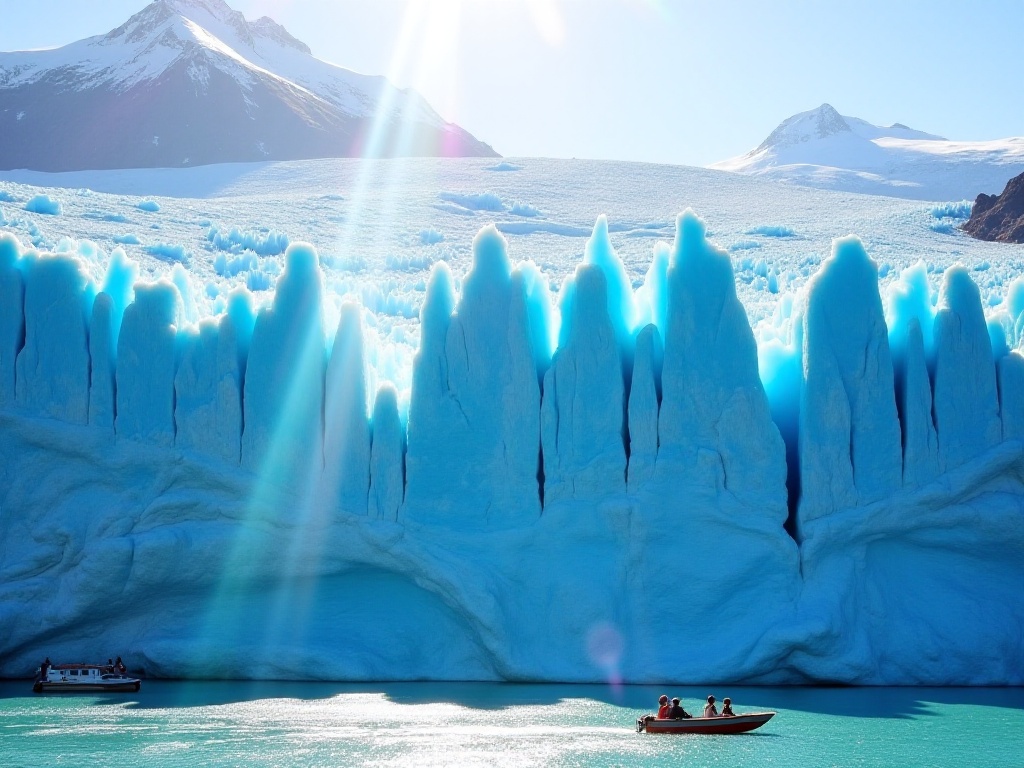
Facility Construction
Do you know how many ski resorts there are nationwide now? According to incomplete statistics, our country has 719 ski resorts, 1,970 ice skating rinks, and 995 ice and snow theme parks. These numbers represent enormous infrastructure investment and operational maintenance costs.
Taking Guangzhou's indoor ski resort as an example, just maintaining the constant temperature system requires considerable energy input. However, through technological innovation and refined management, operating costs are decreasing year by year. The venue employs an intelligent temperature control system that automatically adjusts cooling power based on visitor flow; introduces snow quality monitoring equipment to adjust snow-making parameters in real-time; and applies an intelligent ticketing system to optimize crowd distribution.
The Harbin Ice and Snow World alone received over 100,000 visitors during this year's Spring Festival, setting a historical record. Such achievements are inseparable from continuous hardware facility upgrades. For instance, they added night lighting systems to extend playing hours; optimized venue layout to increase capacity; and added rest areas and dining zones to enhance visitor experience.
Even more exciting is that many new projects are in the planning and construction phase. It's understood that multiple cities nationwide are preparing new indoor ski resorts, with some planning to build comprehensive winter sports centers integrating training, competition, and entertainment. The completion of these projects will inject new vitality into the ice and snow industry.
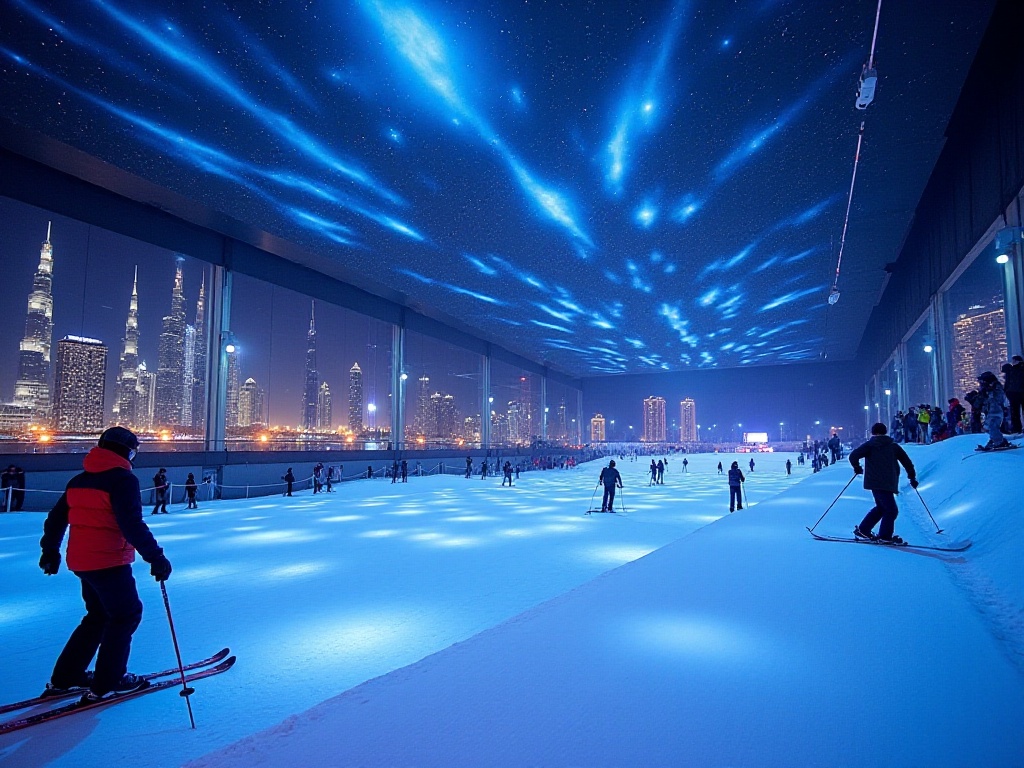
North-South Integration
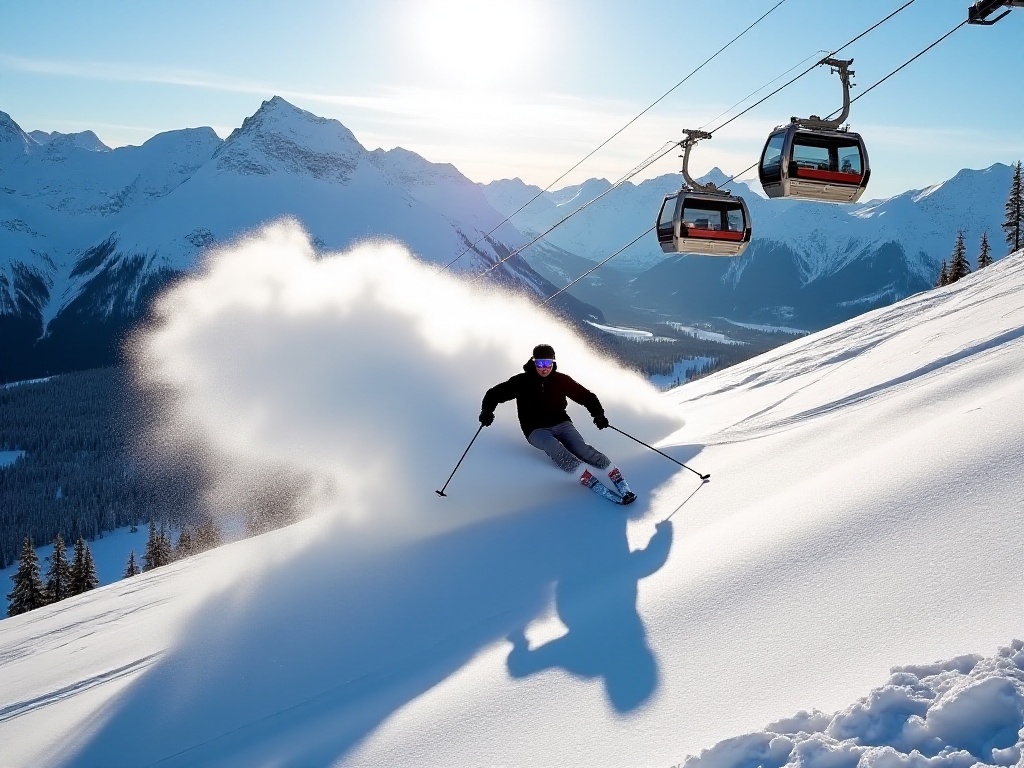
Southern Rise
What shocked me most was the data from southern regions. Skiing visitors increased by 79.4% in Guangdong, 37.8% in Chongqing, 33% in Jiangsu, and 32% in Shanghai. These numbers tell us that winter sports are no longer exclusively northern territory.
Upon deeper investigation, I discovered that the southern regions' ice and snow industry development has its unique advantages. First is a strong economic foundation and consumer spending power that can support higher venue operating costs. Second is strong innovation awareness and skill in combining winter sports with local characteristics to create differentiated experiences.
For example, some malls perfectly integrate ice rinks with shopping centers, allowing people to both skate and shop; some resorts combine winter activities with hot springs and local cuisine, creating unique "ice and fire" experiences. These innovative models not only attract local consumers but also bring in many tourists from other regions.
More notably, the southern region's ice and snow industry is driving the development of related industry chains. From equipment manufacturing and technical services to training and education, new market opportunities are emerging. Some local enterprises have begun developing winter sports equipment suitable for southern climates and creating targeted sports training courses.
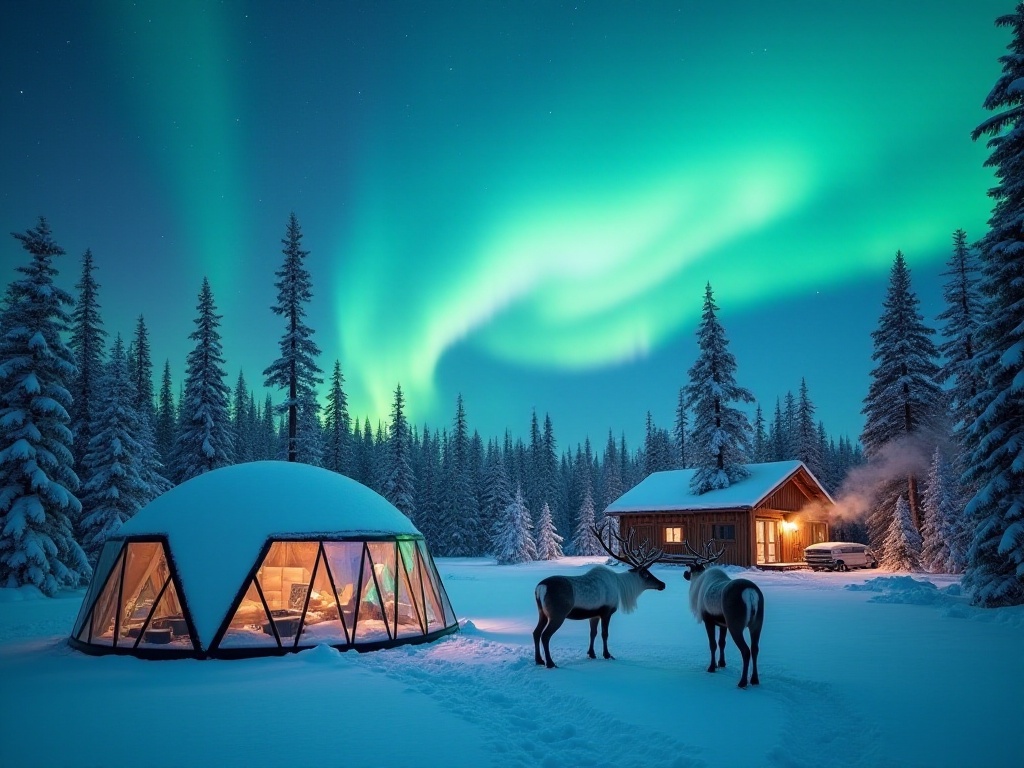
Northern Foundation
Of course, as the traditional stronghold of winter sports, the three Northeast provinces have also shown impressive performance. Tourism revenue increased by 30.11% in Liaoning Province and 23.80% in Heilongjiang. These figures reflect the Northeast region's innovative breakthroughs building on traditional advantages.
The successful hosting of the 9th Asian Winter Games in Harbin added a brilliant chapter to Northeast ice and snow tourism. The event not only improved venue facilities but also drove upgrades in surrounding support services, creating a positive demonstration effect.
The Northeast region's advantage lies in its natural ice and snow resources and deep cultural foundation. But they're not content with this alone, actively innovating development models. For example, combining winter sports with folk culture, hot spring resorts, and rural tourism to create year-round tourism products; developing ice and snow-themed study programs to attract youth groups; and organizing various ice and snow festivals to enhance interaction and participation.
Notably, the North's professional talent advantage is playing an important role. Many southern indoor ski resorts are "poaching" professional coaches from the North, while northern training institutions have begun supplying winter sports talent nationwide. This talent flow promotes North-South experience exchange and drives industry development.
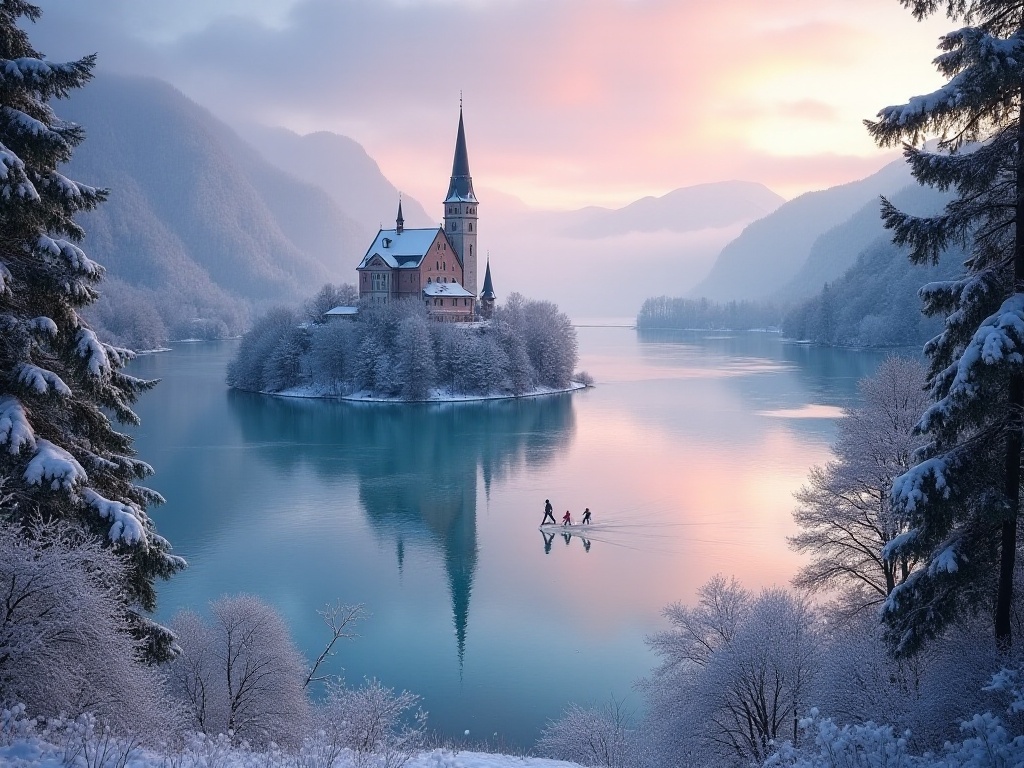
Promising Future
Looking ahead, I believe China's ice and snow industry is undergoing an unprecedented transformation. From traditional northern winter destinations to southern indoor ski resorts to various innovative winter experience projects, the entire industry is breaking through geographical limitations and moving toward universal, diversified development.
This transformation is first reflected in technological innovation. New-generation snow-making equipment can produce quality snow at higher temperatures; intelligent temperature control systems greatly reduce energy consumption; VR technology application allows beginners to experience in virtual environments first; research institutions are even developing recyclable artificial snow.
Second is business model innovation. The traditional single-ticket revenue model is shifting toward diversified operations. Venue operators are developing membership services, professional training, event hosting, equipment sales, and other revenue streams. Some are trying to combine winter sports with fashion, cultural creativity, and entertainment elements to create new consumption scenarios.
More important is conceptual innovation. Winter sports are no longer purely athletic activities but incorporate more social, entertainment, and wellness elements. For example, some venues offer parent-child interactive courses, making winter sports a family activity; some develop specialized youth training programs, making winter sports a complement to quality education; others introduce age-appropriate services for the silver-haired population, making winter sports part of a healthy lifestyle.
Do you think this might be a new blue ocean market? I look forward to seeing more southern cities like Guangzhou create their own winter sports culture through technology and innovation. After all, the pursuit of a better life and new experiences knows no North-South divide, right?
Final Thoughts
This Guangzhou trip completely transformed my understanding of the southern ice and snow industry. From initial surprise and doubt, to admiration after personal experience, to reflection after deep investigation, I've seen a vibrant and innovative emerging industry.
What particularly moved me was the enthusiasm for winter sports from everyone I interviewed. From venue operators to coaches, from beginners to enthusiasts, they're all interpreting the charm of winter sports in their own way. This passion and dedication make me believe the future of the ice and snow industry will be even more exciting.
Have you tried indoor skiing? Perhaps now is the perfect time to start. Let's witness together the flourishing development of China's ice and snow industry - maybe you'll be the next winter sports expert! Feel free to share your story in the comments.


